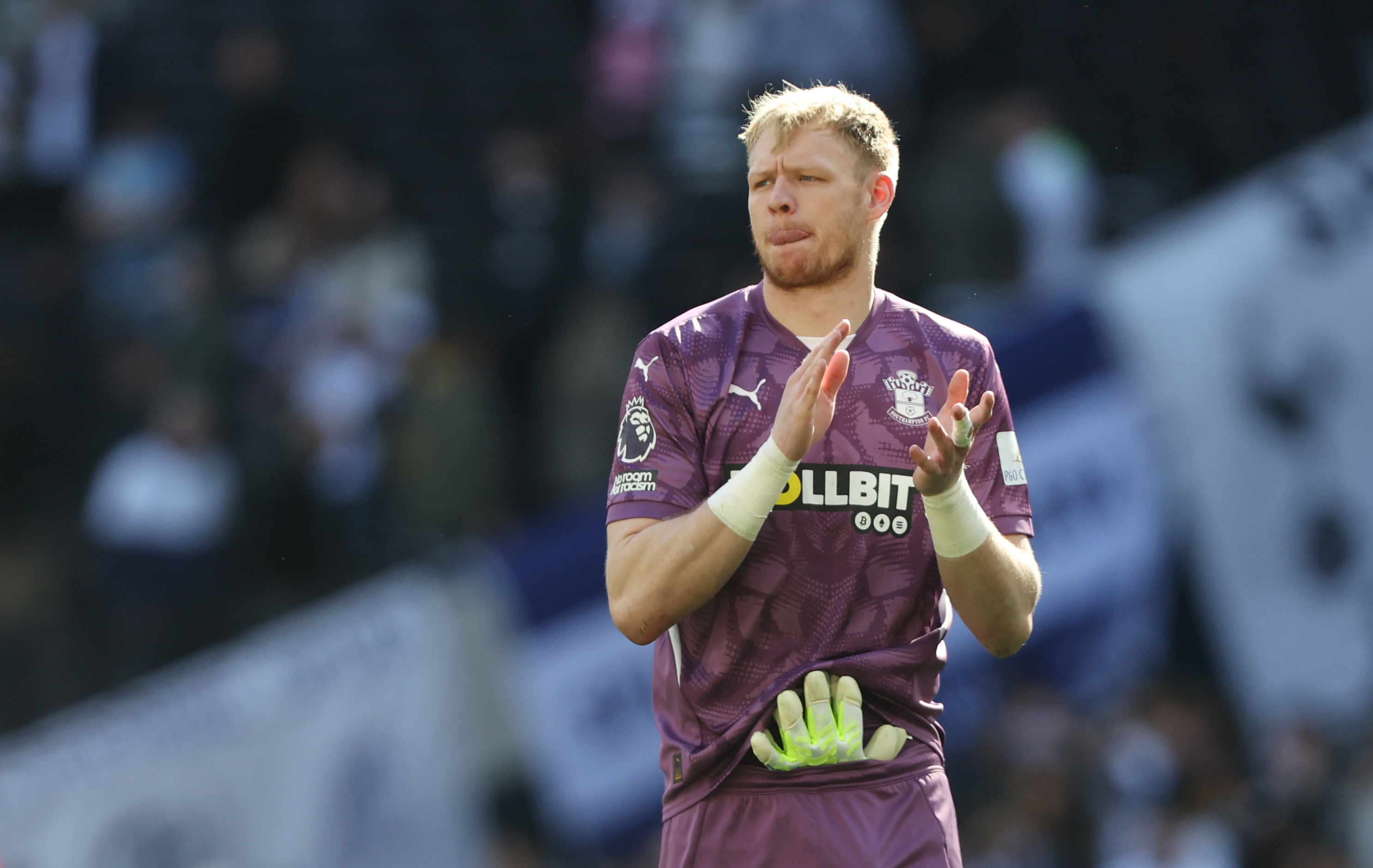Analysis: How Spain evolved their system during Euro 2012
ZonalMarking.net's Michael Cox uses FourFourTwo's Euro 2012 StatsZone app to analyse the changes Vicente del Bosque made in his one problem position
Throughout their victorious Euro 2012 campaign, the first ten names on SpainâÂÂs teamsheet were ever-present. Iker Casillas, Alvaro Arbeloa, Gerard Pique, Sergio Ramos, Jordi Alba, Sergio Busquets, Xavi Hernandez, Xabi Alonso, Andres Iniesta and David Silva started every game. The only question ever in Vicente del Bosque's mind was SpainâÂÂs centre-forward.
Part of that question was whether theyâÂÂd use a centre-forward at all. Del BosqueâÂÂs experimentation with a strikerless formation had been frustrating and underwhelming over the past year â Spain often lacked directness and penetration high up the pitch, and the ball spent too long being aimlessly passed around the midfield.
That was the case in SpainâÂÂs opening game, a 1-1 draw with Italy. Del Bosque started the tournament with Cesc Fabregas as a false nine, dropping deep into midfield to link play, and switching positions with David Silva on the right. No-one expected Spain to play that way, least of all Fabregas himself. âÂÂI was more surprised than anyone,â he said after the match. âÂÂBut I am happy to have had the chance â happy to be able to play.âÂÂ
The formation was relatively unsuccessful; SpainâÂÂs equalising goal was superb, Silva getting the ball with his back to goal and slipping a pass in for Fabregas to run onto and finish, but this was a rare piece of penetration. All too frequently, Silva and Fabregas occupied the same space.
As a result, Fabregas was dropped for SpainâÂÂs next game against the Republic of Ireland, with Fernando Torres starting up front. Scoring two good goals in a decent all-round performance, the Chelsea striker was particularly impressive with his pressing high up the pitch, constantly forcing the Irish defenders into misplaced passes. He also improved his link-up play, which had been terrible when he had come on as a substitute against Italy.
Torres deservedly started the next game against Croatia, but found this encounter more difficult. Rather than receiving the ball in the penalty box, as he had against Ireland, he was forced to work the channels and collect the ball in much wider positions. He had three attempts, all from difficult angles (the attempt from just outside the six-yard box was a near-post header from a corner), and he was replaced after an hour by Jesus Navas, who went onto score the gameâÂÂs only goal.
Get FourFourTwo Newsletter
The best features, fun and footballing quizzes, straight to your inbox every week.
Therefore, against France in the quarter-final, it was back to Fabregas. And here, for the first time, Spain appeared to be functioning well without a permanent centre-forward. Like against Italy, Fabregas dropped deep, often to the right of the pitch, but now Spain offered reverse movement â Silva was higher and wider to collect Fabregasâ through balls, while Xabi Alonso opened the scoring after a storming midfield run. Del BosqueâÂÂs strikerless system appeared to be working.
After that success, Del BosqueâÂÂs decision to start with Alvaro Negredo against Portugal in the semi-final was particularly strange. The Sevilla striker is a good all-rounder, but it was difficult to see what his role was. Portugal pushed relatively high up the pitch and offered space in behind, but Negredo rarely made the right runs. His link-up play was disappointing, he had only one shot â which was blocked â and his main contribution was winning fouls from PortugalâÂÂs defenders. Fabregas replaced him after only 54 minutes.
For the final against Italy, Fabregasâ return to the side was assured, and he played a crucial role in SpainâÂÂs incredible 4-0 victory. But while Fabregas remains a midfielder by trade, his role in the final was simply that of a true centre-forward â always making runs off the shoulder of the last defender, collecting through-balls, then playing cut-backs. He received the ball much less than in the opening game against Italy, but much higher up the pitch.
Spain became the first side to win the European Championships with the same starting XI in both their opening game and the final, but while the names were identical, Fabregasâ role was completely different â his permanent positioning and direct running made all the difference. Spain didnâÂÂt start the final with a natural striker, but neither were they playing 4-6-0.
Euro 2012 Stats Zone is a free-download app from FourFourTwo powered by stats from Opta, updated LIVE in-play during allEuro 2012 matches. Stats Zone is brought to youin association with Coral. Download it here (users outside the UK download here)
Stats Zone will be back for the 2012/13 season with even more features. Read more about it, download the Premier League & Champions League Stats Zone and follow Stats Zone on Twitter to keep in touch.
